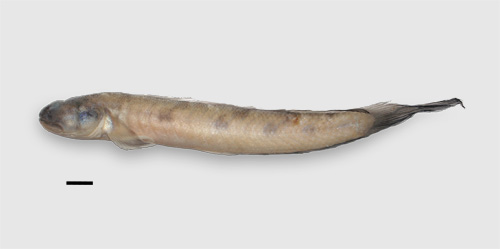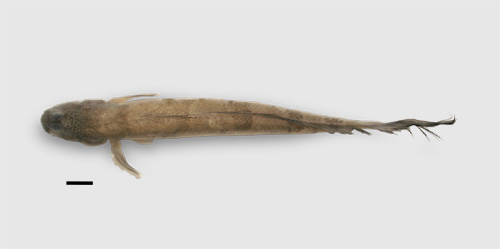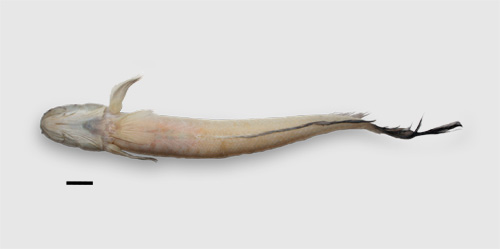
Last update: 11 August 2013

 Last update: 11 August 2013 |

Custom Search
|
* proposed name |
   Parapocryptes serperaster. Sg. Laha, Peninsular Malaysia; |
|||||||||||||||||
|
Synonyms:
Etymology: |
||||||||||||||||||
|
Maximum recorded length: Live colouration (Murdy, 1989): Colouration on preservation (Murdy, 1989,
pers. obs.: Peninsular Malaysia, China): Diagnosis (Murdy, 1989): Diet: Reproduction: |
||||||||||||||||||
Ecological notes (pers. obs.: Peninsular Malaysia): |
||||||||||||||||||
|
Distribution: |
||||||||||||||||||
|
Photographs of Parapocryptes serperaster:
|
||||||||||||||||||
A: a close up of Pa. serperaster
(from Axelrod et al., 2004);
B: a X-ray photo (photo: J. Fong,
2003, California Academy of Sciences)*; C: a specimen from Guandong, China (photo: R. Cui, 2006)*; * with permission |
||||||||||||||||||
|
Drawings of Parapocryptes serperaster:
|
||||||||||||||||||

Unless otherwise attributed, text and images on this page may be used under the terms of a
Creative Commons License.